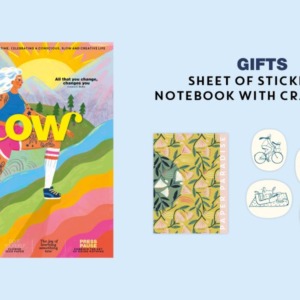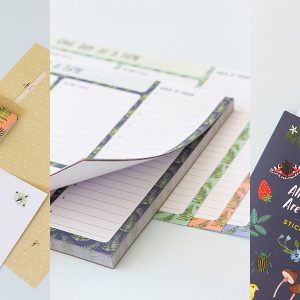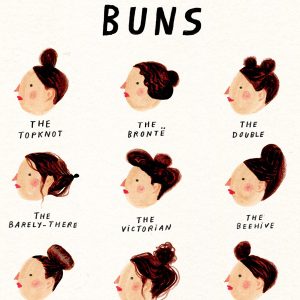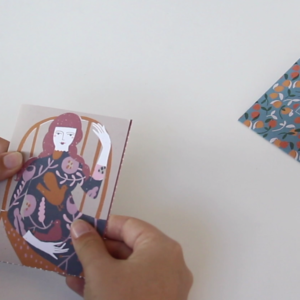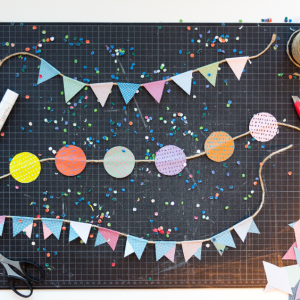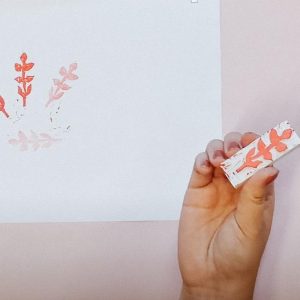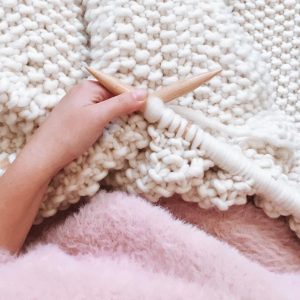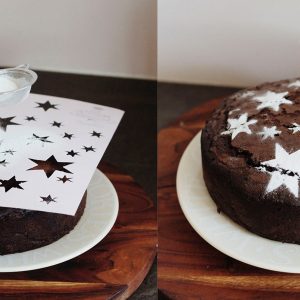Loads of individual lists, an agenda, a creative outlet: A Bullet Journal (BuJo) is something that you create yourself. Flow’s intern Suzanne starts 2020 with a whole load of empty pages and looks at how she can fill them.
My Bullet Journaling started in 2016. My mother has painted all her life and I was also known to make several attempts at painting myself. I made the sketches, but always ended up erasing my work; I was never satisfied and therefore didn’t ever get around to the painting part. Nevertheless, I wanted to do something creative. Something that really suits me.
I have a cupboard full of blank notebooks, pens and markers. Even though I am a true paper lover, I didn’t know how to channel it. Searching the Internet, I discovered Bullet Journals, a system developed by Ryder Carroll. I looked further on Pinterest and scrolled in awe at all the different creations.
The next day I went to the bookstore and bought my very first Bullet Journal. Back at home I stared at the blank pages. They scared me. ‘So, I have to fill this myself?’ I thought. My mind wandered to my empty notebooks that I sometimes used to create lists—packing lists, wish lists, and so on. ‘Aha, I can also do this in my BuJo.’ And thus, I filled my first pages up.
Now, three BuJos later, I have developed my own style. I love the combination of paper, stickers and hand-lettering. And the fact that it can be a bit messy. After all, it is my diary, agenda and compilation of individual lists. Occasionally I show my BuJo to my mom, who is proud that I have finally been able to find my own creative twist.
Fancy giving it a go yourself?
Keys
For a well-organized BuJo I use ‘keys’: icons for my tasks, activities and notes. I put a square in front of my tasks, so that I can color them in when I have done that particular task. If I want to postpone a task, I put an arrow in the square. But I rarely use this key. I usually just put a line through the task and write it down in the right place. When I need to do something important, I put an exclamation mark in front of it. I decorate the page with some doodles. I often choose plants and avoid using color for a sleek and simple look.
BuJo ideas
Making a list of ideas for your BuJo is highly recommended. I purposely make this list at the beginning of the book so that I can easily flip back when I need inspiration. For example, when I see a list of books that I want to read, I write them down in my BuJo. Then I search for inspiration on Pinterest and give it my own interpretation.
Annual overview
I also use my BuJo as an agenda, and then I easily have an annual overview too; I can see all the months and days of the year at a glance. Yes, it’s a bit of a job to create, but the result pays off. First, I sketch the month on the page in pencil and then the days. Don’t be afraid of making mistakes. Sometimes I write a day down twice, but it’s easy to amend with Tipp-Ex. Remember: It doesn’t have to be perfect.
Text Suzanne Kuijvenhoven, Translation Julia Gorodecky, Photography Floor van Koert







